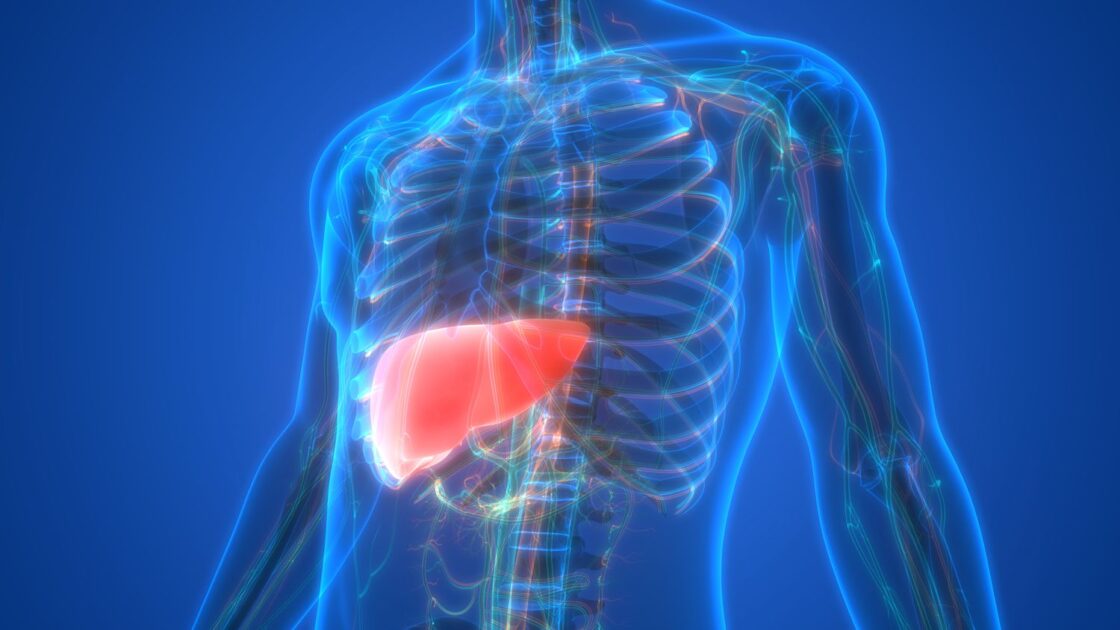Metabolic dysfunction-associated steatotic liver disease is now recognized as the most widespread liver disorder globally, affecting roughly one in three adults.
The condition develops when fat builds up inside liver cells, which can lead to serious liver damage and is strongly linked to a higher risk of death from cardiovascular disease.
Researchers at the University of Barcelona have published a new study in Pharmacological Research revealing that two existing medications, pemafibrate and telmisartan, can significantly reduce liver fat accumulation in animal models of this disease.
The findings also indicate that using these drugs together could lessen both liver damage and related heart complications. This discovery may pave the way for safer and more effective therapies for a condition that currently has very few treatment options.
Drug repurposing, a promising and cost-effective strategy
So far, most new compounds studied for the treatment of metabolic dysfunction-associated steatotic liver disease formerly known as fatty liver disease — have failed in clinical trials for several reasons, including safety concerns.
In this context, the drug repurposing with a known and acceptable adverse effect profile in humans is an attractive, safe and more cost-effective strategy. This therapeutic repositioning is of particular interest in the early, usually asymptomatic, stages of the disease.







